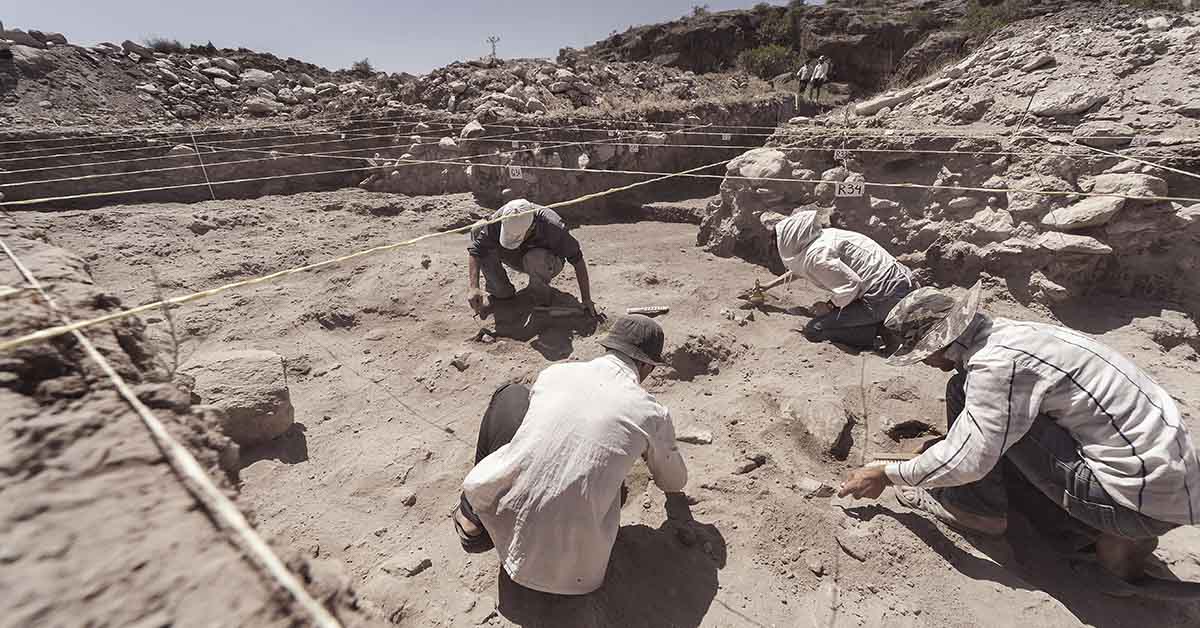Scientists analyzed “Neanderthal” human remains and discovered it doesn’t fit into any known species classification. Uncovered in China in 1958, the 300,000-year-old fossil included a skull and a few facial bones. Despite the specimen being incomplete, researchers realized its features don’t fit perfectly into any primate catagory such as Neanderthals and Denisovans. The skull also shows signs of trauma, but the scientists couldn’t say from what.
Discovery and First Impressions

The skull, which was designated as “Maba 1”, was found by local farmers digging for fertilizer in a trench of limestone caves near Maba Village in Shaoguan City, China. Since then, researchers assumed it came from a Neanderthal. Because the fossil was incomplete, it’s impossible to definitively identify which species of hominin it came from. What they did uncover is that it came from the late Middle Pleistocene, making it about 300,000 years old.
Re-examining a 300,000-Year-Old Skull
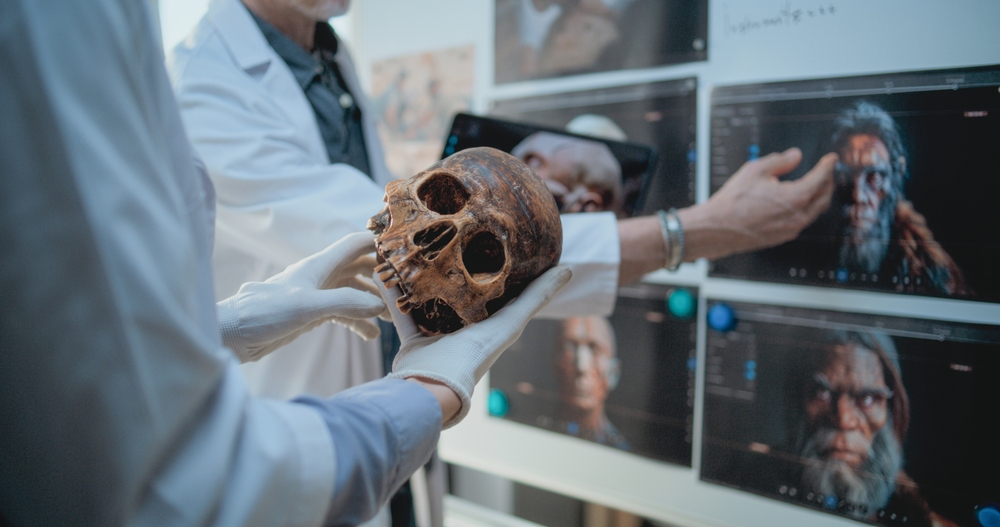
In a new study, researchers who had previously examined the skill reevaluated it and found features with glaring contradictions. “[Maba 1] is well-known for the Neanderthal-like face, while its neurocranium shows affinities with many hominin taxa, which makes the taxonomic status of Maba 1 controversial,” they wrote in a study published in the American Journal of Biological Anthropology.
Read More: Incredible Find: 6-Year-Old Discovers 50,000-Year-Old Neanderthal Axe on Beach
Not a Neanderthal
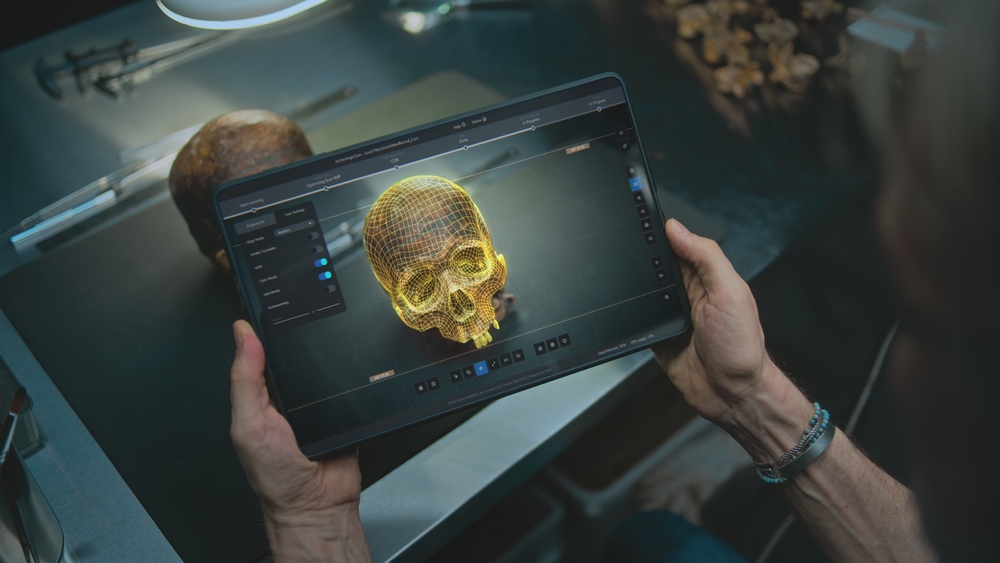
During this research, the skull was reconstructed with data from micro-CT scans from inside the specimen, explains IFL Science These images proved that channels in the sinuses were connected to the parietal foramen (in the back of the skull) by tubular structures. In other words, the 300,000-year-old Maba 1 wasn’t from a Neanderthal, since this feature was very rare to find in Homo neandertalensis.
Not Homo Erectus
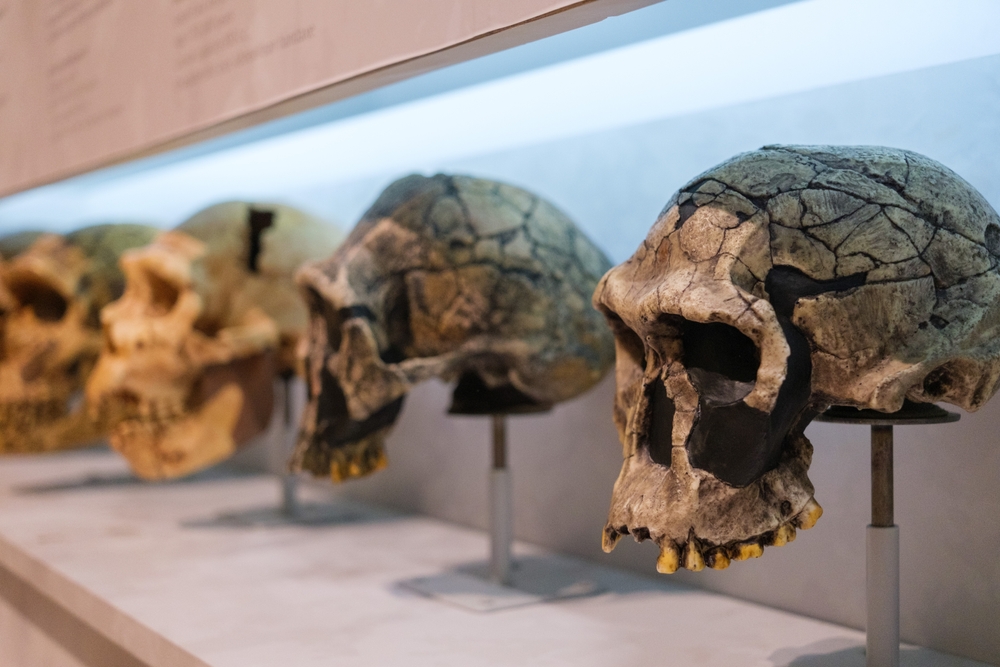
Furthermore, the inside of the frontal lobe resembled more Homo erectus than Homo sapiens. However, Maba 1’s cranial capacity looked closer to Neanderthals and modern humans. The bregma was also thicker than typically found in Homo erectus, and the frontal lobe seemed shorter. So although it appeared closer to Homo erectus, the study authors couldn’t ignore the contradictory features.
Signs of Trauma
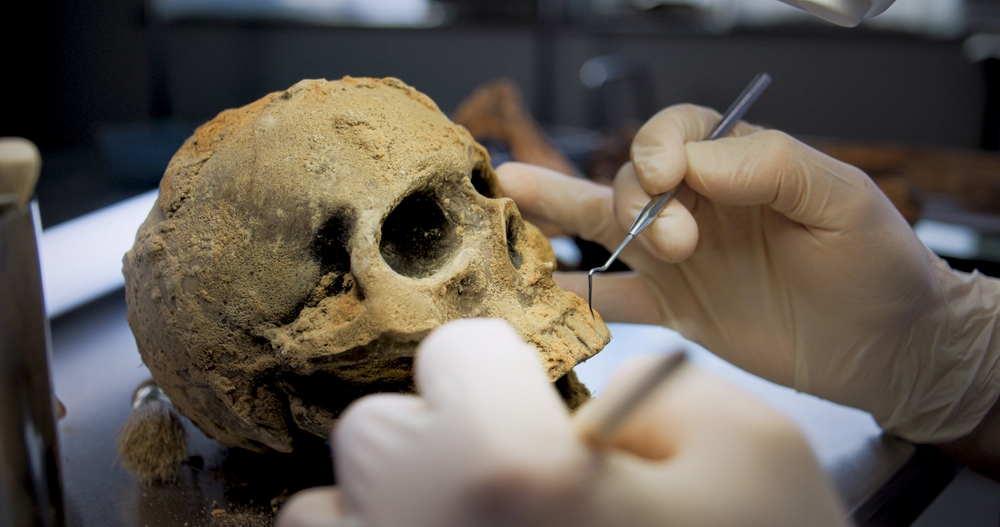
Maba 1 came with another mystery. It showed signs of trauma in the form of a dark lesion on the outer right side of the skull that spread from the middle of the head to the nose. The scientists are certain the trauma didn’t result in the death of the individual since the lesion showed symptoms of healing. They speculate the lesion could have come from an impact, like a fall, from a tumor, or from untreated anemia.
Read More: Exploring the Theory: Did Native Americans Come from Japan?
Not Like Other Skulls

In their paper, the authors conclude that the 300,000-year-old Maba 1 resembles other uncategorizable hominin skulls. These are surprisingly common. The mid-Pleistocene period was full of outliers that evolutionary scientists can’t cleanly fit into a specific classification, explains Popular Mechanics. Examples include the LH18 specimen found in Tanzania, assumed to be an early Homo sapiens skull. Others are to the Djebel Irhoud skulls from Morocco. These were also first assumed to be Neanderthal remains, but now researchers believe they are some early form of Homo sapiens. There’s the Zambia’s Broken Hill skull that’s considered to be Homo heidelbergensis.
Cannot be Classified
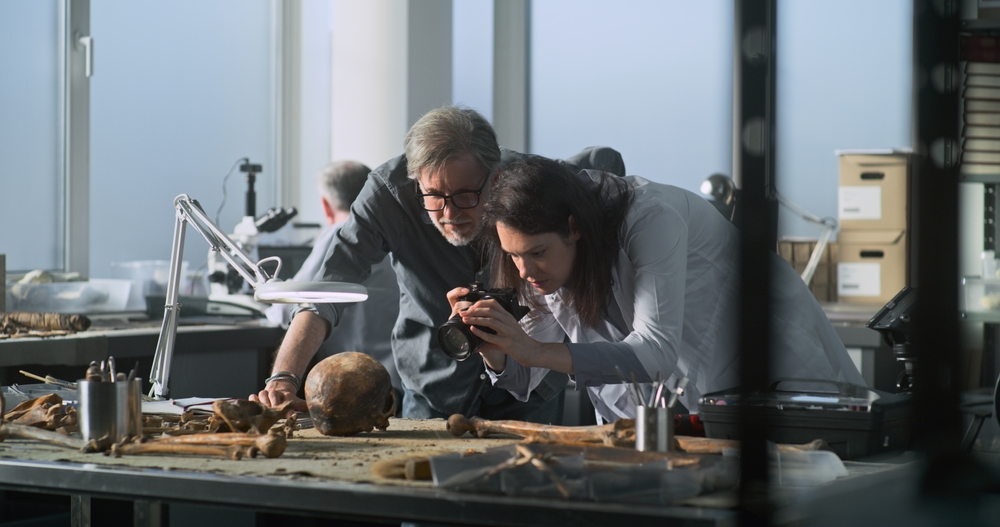
In the end, the researchers suggested labeling Maba 1 as “non-erectus”. “The internal structures of Maba 1 show a combination of morphological features found in various species,” the team concluded. “These findings further evidence the high morphological variability among Asian hominins in the late Middle Pleistocene. Maba 1 currently cannot be definitely classified in any known hominin taxon.”
Read More: Two-million-year-old skull of human ‘cousin’ unearthed
